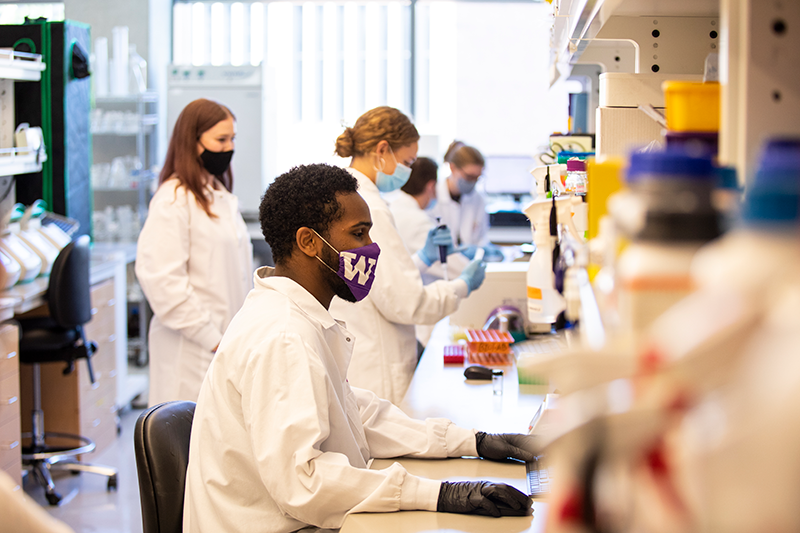
The UW's Biofabrication Center, a unique facility dedicated to enabling the rapid design, construction and testing of genetically reprogrammed organisms, is partnering with Agilent Technologies in pursuit of automated, reproducible research.
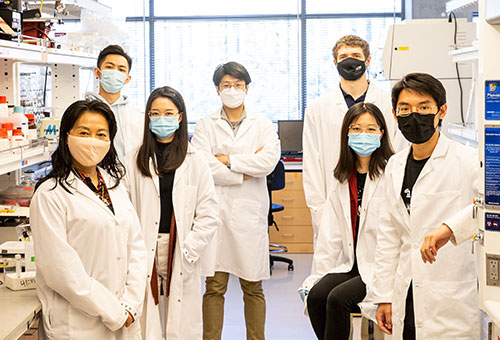
Miqin Zhang is working to improve cancer treatment with nanoparticles made from the same material found in crustacean shells.
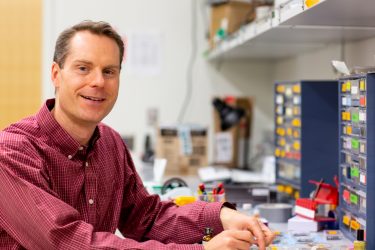
The National Science Foundation has announced it will fund a new endeavor to bring atomic-level precision to the devices and technologies that underpin much of modern life, and will transform fields like information technology in the decades to come. The five-year, $25 million Science and Technology Center grant will found the Center for Integration of Modern Optoelectronic Materials on Demand "” or IMOD "” a collaboration of scientists and engineers at 11 universities led by the University of Washington.
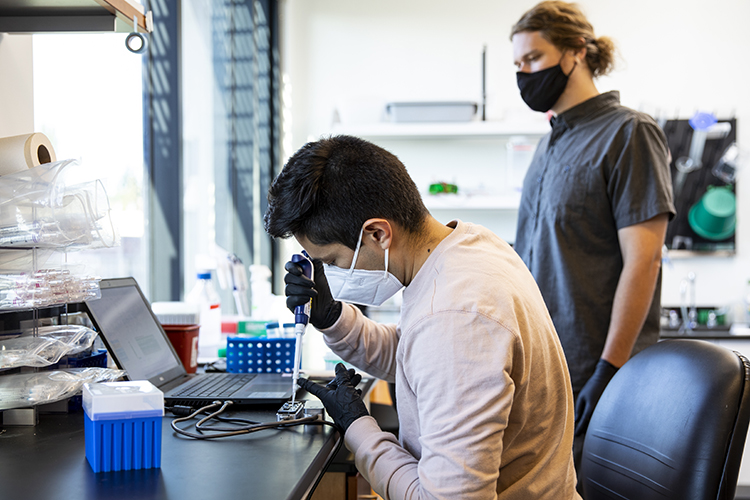
The research team, which includes MolE graduate student Nicolas Cardozo, introduce a new class of reporter proteins that can be directly read by a commercially available nanopore sensing device. The new system "• dubbed "Nanopore-addressable protein Tags Engineered as Reporters," also known as NanoporeTERs or NTERs for short "• can perform multiplexed detection of protein expression levels from bacterial and human cell cultures far beyond the capacity of existing techniques.

The funding will be used to develop scalable, cell-free platforms that enable the capture and conversion of carbon dioxide into industrial chemicals, providing manufacturers with a cheaper, more efficient and sustainable means of chemical production.

Bioengineering startup AltPep advances technology for the early detection and treatment of Alzheimer's and other amyloid diseases.

In a study published in Nature Chemistry, a research team led by MolES faculty member Munira Khalil, professor and chair of chemistry at the UW, has captured the rapid motions of solvent molecules that impact light-driven electron transfer in a molecular complex for the first time. This information could help researchers learn how to control energy flow in molecules, potentially leading to more efficient clean energy sources.
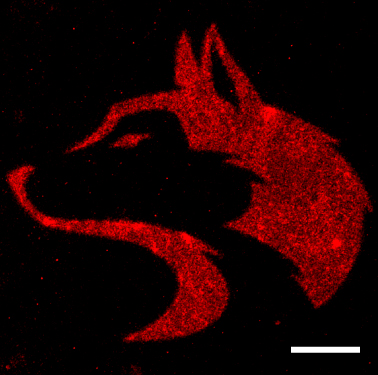
MolES faculty member Cole DeForest and colleagues have developed a technique to modify naturally occurring biological polymers with protein-based biochemical messages that affect cell behavior. Their approach, published in the Proceedings of the National Academy of Sciences, uses a near-infrared laser to trigger chemical adhesion of protein messages to a scaffold made from biological polymers such as collagen, a connective tissue found throughout our bodies.
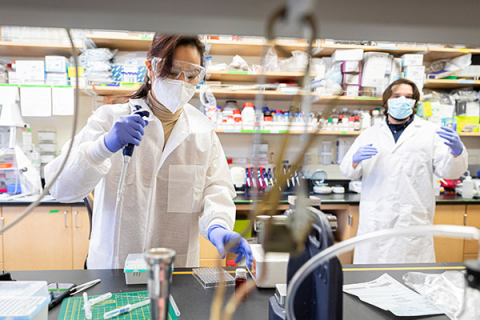
MolES faculty members Barry Lutz and Paul Yager pivoted their diagnostics research to support the need for COVID-19 testing.
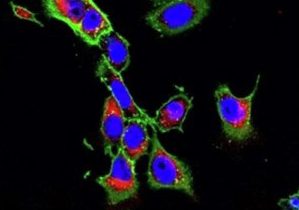
A University of Washington team led by Miqin Zhang, a MolES faculty member and professor of materials science and engineering, has developed a nanoparticle-based drug delivery system that can ferry a potent anti-cancer drug through the bloodstream safely. Their nanoparticle is derived from chitin, a natural and organic polymer that, among other things, makes up the outer shells of shrimp.